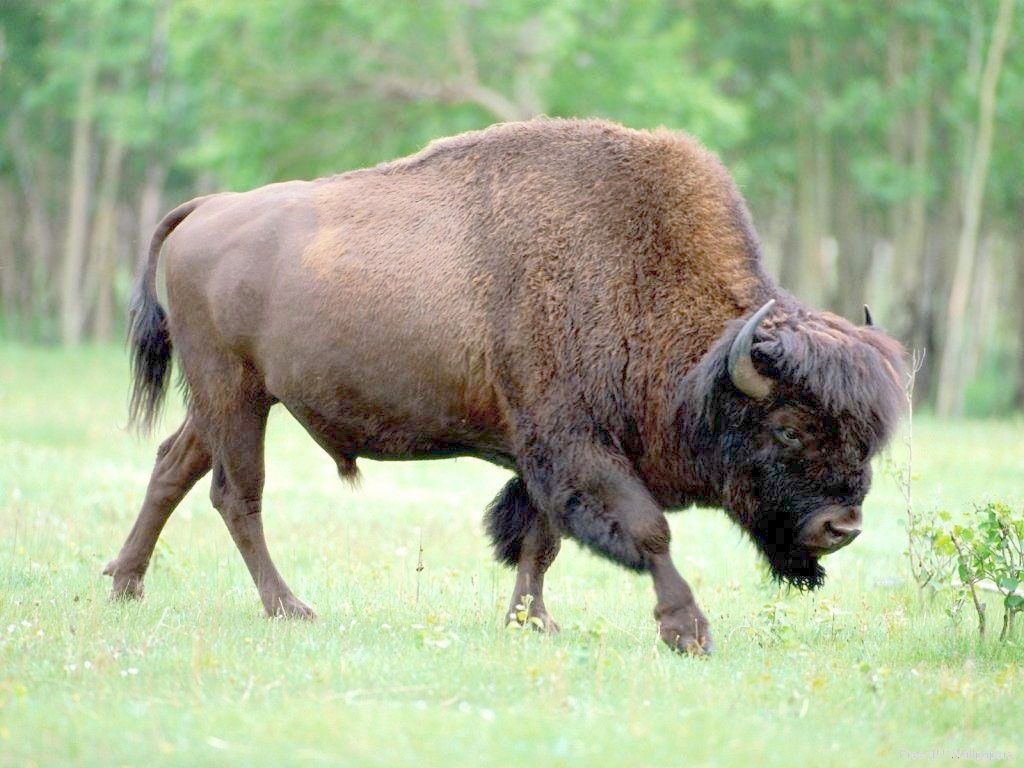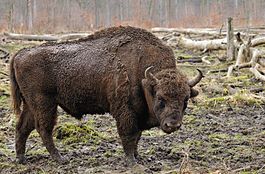Yakut horse
The Yakut tribes, defending themselves from the attacks of nomads, were forced to move from the upper reaches of the Yenisei to the northern territories. Under the influence of the harsh climate, the horses of the Yakut breed gradually changed. At 40-degree frosts, they began to grow long hair, up to 15 cm, which saved the animals from the cold. The horses became more resilient and stronger, although they noticeably decreased in height. But their mane and tail have grown.
The Yakut horse is ideal for the northern territories. On a sled she will be able to carry up to 350 kilograms of cargo. Can easily travel 100 km under a 100-kilogram pack.
Another feature of this breed: it not only has long hair, but also thick skin, which protects it from numerous midges in the summer. In the harsh conditions of Yakutia, this horse is irreplaceable and is a serious competitor to the famous reindeer.
The beginning of horse breeding among the Yakuts is associated with Central Asia.
Koumiss
There were no nomads in the steppes who could do without kumys. The foamy drink quenched thirst, gave strength, and improved mood. Kumis - fermented mares' milk - has medicinal properties. It is not without reason that it is given to weakened people suffering from tuberculosis and stomach diseases. At one time it was believed that children should not drink kumiss because it contains alcohol. But the centuries-long life of nomads has refuted all such misconceptions: the drink is absolutely harmless at any age. Kumiss is useful for nervous children, it promotes healthy sleep and strengthens the immune system.
It is known that Leo Tolstoy was not in good health in his youth; Moreover, doctors predicted his quick death from developing tuberculosis. And in those days there was no medicine for this bloody disease. Knowledgeable people advised: “go to the steppe, live in the clean air, drink kumiss, and you’ll see you get rid of the disease.”
The future writer did just that. I spent the whole summer among the nomads, drinking kumiss every day. He returned home and no one recognized him: no illness was found. It’s not for nothing that the writer glorified this drink in his works.
Milking a mare is not easy. If a cow needs to be milked twice a day, then a mare needs to be milked at least 8-10 times, and she produces 12-15 liters of milk per day. The healing properties of kumiss have not been fully studied, but one thing is clear - it is useful for both adults and children.
Horseshoe
To protect horses' hooves, in the old days sandals were woven from straw for them. Genghis Khan's warriors tied leather shoes to the feet of their horses, although already in the middle of the century, most likely in 520-580, horses began to be shoed in Europe.
Horseshoes are different, for example, winter horseshoes for heavy draft horses, summer horseshoes for riding horses, oriental horseshoes, Moscow horseshoes for draft horses...
It is believed that horses began to be shoed everywhere in the 12th-13th centuries. The decree of Peter 1 of 1715 is known, in which horse shoeing was given state importance: “In Moscow and the provinces, find good blacksmiths, take two people to each province and order them to teach blacksmithing to the Russians in which province, as many people can be supported.”
Later, blacksmithing in Russia was put on a grand scale. Almost every town and even village had its own masters who knew how to shoe horses. It is not for nothing that the most common surnames in Russia and Ukraine are associated with this trade: Kuznetsov and Kovali.
Usually a horseshoe lasts for a month and a half, then the horse needs to be reshod: it is during this period that the hoof horn grows so much that the time comes to change the horseshoes.
It happens that a horseshoe by itself flies away from the hoof, and according to popular belief, the one who found it was considered a happy person.
This is where the familiar sign comes from: a horseshoe fixed above the door in a house serves as a talisman against all sorts of misfortunes.
Weather forecasting
From time immemorial, the horse has been not only a faithful assistant, but also a reliable weather forecaster. It so happened that, while observing it, a person noted those signs that led to the measurement of atmospheric phenomena.
For example, it may be raining if the horse snorts or shakes its head and throws it up.
There will certainly be snow if the horse often flinches or shakes when groomed.
If horses gather in herds in a ravine, then there is bad weather or a snowstorm.
When a horse kicks with his hind leg while standing, it becomes warmer.
If horses go up the hill, it means a change in the weather, a thaw.
If on a stormy day a horse refuses to feed and runs across the field, the weather will improve.



No comments here yet.